Art has always been a mirror of its time, reflecting societal values, cultural norms, and prevailing ideologies. The Renaissance era, often celebrated as a golden age of art, philosophy, and culture, was no exception. Sculptures from this period offer profound insights into how gender—both masculinity and femininity—was conceptualized, idealized, and celebrated. Fast forward to the present, and modern reinterpretations of these sculptures provide a fascinating commentary on evolving gender norms, identity, and roles.
Masculinity in Renaissance Art
The Renaissance was a period of rediscovery, heavily influenced by Greco-Roman ideals. During this time, art flourished under the patronage of powerful figures, many of whom sought to project strength, virtue, and divinely ordained authority through male figures. Masculinity in Renaissance sculptures was depicted as both physical and intellectual perfection, embodying ideals of heroism, power, and rationality.
Take, for example, Michelangelo's David (1501–1504). This iconic marble sculpture represents the biblical hero who defeated Goliath, yet it is hardly a straightforward narrative of brute force. David’s body is both muscular and refined, suggesting strength tempered by wisdom. His subtle expression and poised stance speak to the intellectual and moral fortitude that Renaissance masculinity aspired to. The depiction of the male nude as an ideal form was steeped not just in aesthetic value but also in philosophical ideals—the beauty of the male body was seen as a reflection of divine creation.
Donatello’s earlier version of David (1430s) also captures this ideal but takes a different approach. Cast in bronze, Donatello’s David is slender and youthful, almost androgynous. With a relaxed pose and soft features, this version challenges the more stereotypical displays of masculinity, introducing a nuanced view of vulnerability and grace.
Femininity in Renaissance Sculptures
While masculinity was celebrated in public and heroic contexts, femininity in Renaissance sculptures often gravitated toward depictions of purity, beauty, and maternal virtues. Female figures in this era often embodied traits like modesty, delicacy, and obedience, reflecting the restrictive norms placed on women at the time.
One compelling example is Botticelli’s The Birth of Venus—though a painting, its depiction of femininity is echoed in many three-dimensional works. The nude figure of Venus embodies an idealized beauty that is both unattainable and divine. Similarly, Leonardo da Vinci’s sculptures (though few remain) and sketches of women often highlight serene expressions and graceful proportions, reinforcing ideals of feminine virtue.
Madonnas, or depictions of the Virgin Mary, were prominent in religious sculptures of the time. These works typically emphasized maternal qualities, reinforcing a vision of women as caretakers and moral anchors. For example, Michelangelo’s Pietà (1498–1499) depicts Mary cradling a lifeless Christ. Her expression combines grief with gentleness, embodying both strength and fragility in a way that aligns with Renaissance conceptions of ideal womanhood.
However, despite their beauty, these sculptures often reinforced rigid gender constructs, limiting both women’s roles and their representations in art.
Modern Reinterpretations of Renaissance Themes
The modern era has seen artists challenging traditional notions of gender and reimagining the ideals of the Renaissance through contemporary lenses. By rejecting or deconstructing traditional gender binaries, these reinterpretations offer powerful critiques of societal norms while exploring the fluidity and complexity of gender identity.
Deconstructing Masculinity
One compelling modern reinterpretation of Renaissance masculinity comes from contemporary artist Kehinde Wiley. Known for his reinterpretations of classical portraiture, Wiley’s works often place Black men in poses traditionally reserved for white aristocrats or heroes, blending Renaissance aesthetics with modern sensibilities. His sculptures and paintings challenge the exclusivity of the Eurocentric male ideal, offering a broader, more inclusive perspective on masculinity.
Wiley’s Rumors of War (2019), though not a direct reinterpretation of a specific Renaissance piece, channels the grandeur of equestrian statues typical of the era while inserting an African American figure in modern urban attire. The piece questions the relationship between masculinity, power, and race—elements that were unquestioningly celebrated in the Renaissance.
Likewise, artists like Matthew Day Jackson have deconstructed Renaissance masculinity by intentionally distorting the proportions of the male body in sculptures, creating grotesque or exaggerated figures that critique the unattainability and exclusivity of traditional ideals.
Reimagining Femininity
Modern artists have also reexamined Renaissance representations of femininity, often focusing on breaking free from the confines of modesty and idealized beauty. Cindy Sherman’s artistic photographs, for instance, often parody elements of Renaissance art to expose the performative aspect of femininity. Using herself as a model, Sherman reconstructs religious or mythological figures, but with exaggerated features or unsettling undertones, subverting the ideals of purity and maternal virtue.
Sculptor Kiki Smith has also explored themes of femininity by reinterpreting religious and mythological figures with raw emotion. Her piece Virgin Mary (1992), for example, strips the Madonna of her idealized serenity, presenting her as a vulnerable, humanized figure. Smith’s works question the often-unrealistic expectations placed on women in both historical and modern contexts.
Furthermore, feminism in contemporary art has challenged Renaissance constraints on women’s roles. Artists like Louise Bourgeois created works that celebrate the complexity of femininity, rejecting its traditional confines. Bourgeois’ sculpture Maman (1999), for instance, portrays a massive spider—a symbol of both nurturing and danger—reinterpreting maternal imagery in a way that isn’t limited to passive caregiving or piety.
Gender Fluidity and Queer Interpretations
Perhaps the most radical departure from Renaissance ideas comes from modern artists exploring gender as nonbinary or fluid. Works by artists like Cassils, who uses performance and body sculpture, challenge the notion of fixed gender roles. Cassils’ work intentionally blurs the lines between male and female physicality, critiquing society’s obsession with categorization.
Similarly, Italian contemporary artist Francesco Vezzoli has created works that blend Renaissance motifs with contemporary notions of gender and identity. His reinterpretation of Botticelli’s Venus portrays the classical goddess juxtaposed with nontraditional characteristics, reimagining her as both masculine and feminine, challenging binary perceptions.
Continuity, Change, and Reflection
The gender norms of the Renaissance were steeped in a framework of binaries—men as rational, physical protectors; women as virtuous, maternal figures. While these ideals were celebrated in the art of the time, they were also constraining, reinforcing societal roles that left little room for individuality or complexity.
Modern reinterpretations of these themes seek not only to critique these societal constructs but also to celebrate diversity and inclusion. They expose the artificiality of these ideals, suggesting that gender, like art, is an evolving, multidimensional construct.
From Michelangelo’s David to Kehinde Wiley’s vibrant reinterpretations, and from serene Madonnas to Kiki Smith’s raw explorations of femininity, the dialogue between Renaissance and modern art serves as a reflection of humanity’s ongoing struggle to define—and redefine—gender. Through this conversation, we see that while ideas may evolve, the questions surrounding identity, power, and representation remain timeless.
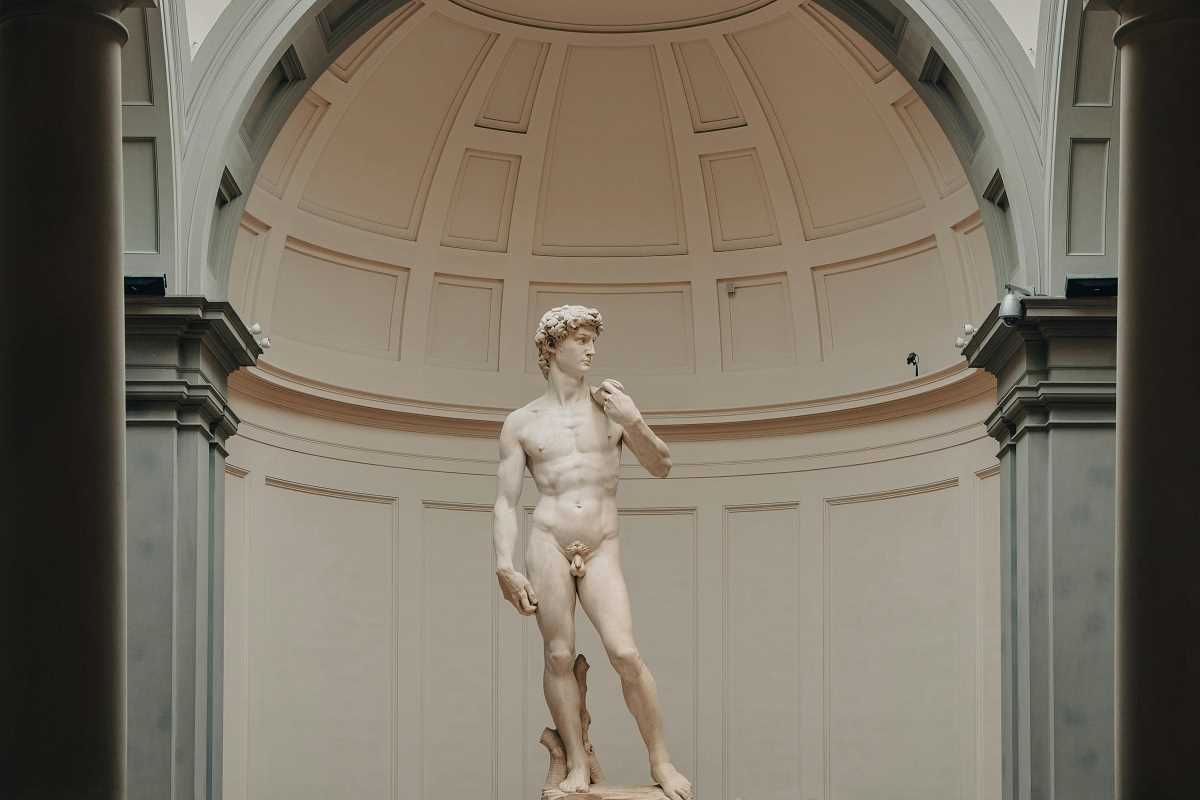 (Image via
(Image via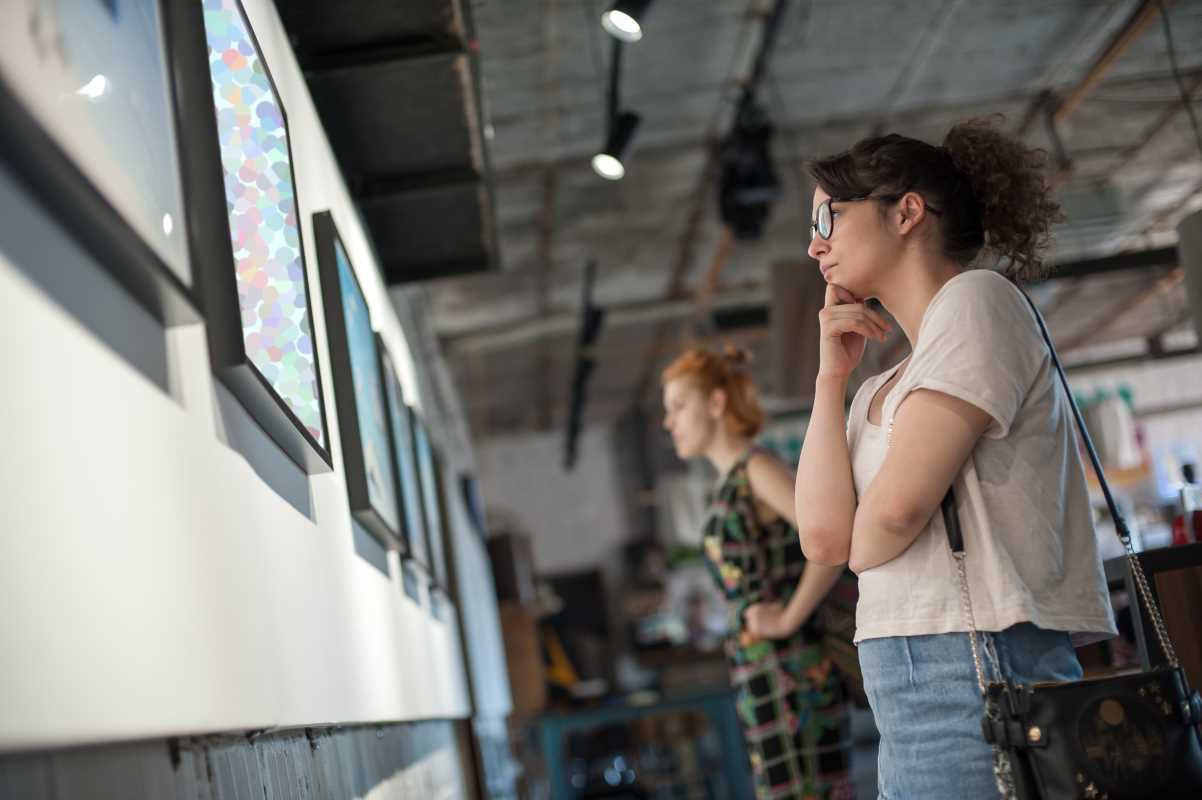
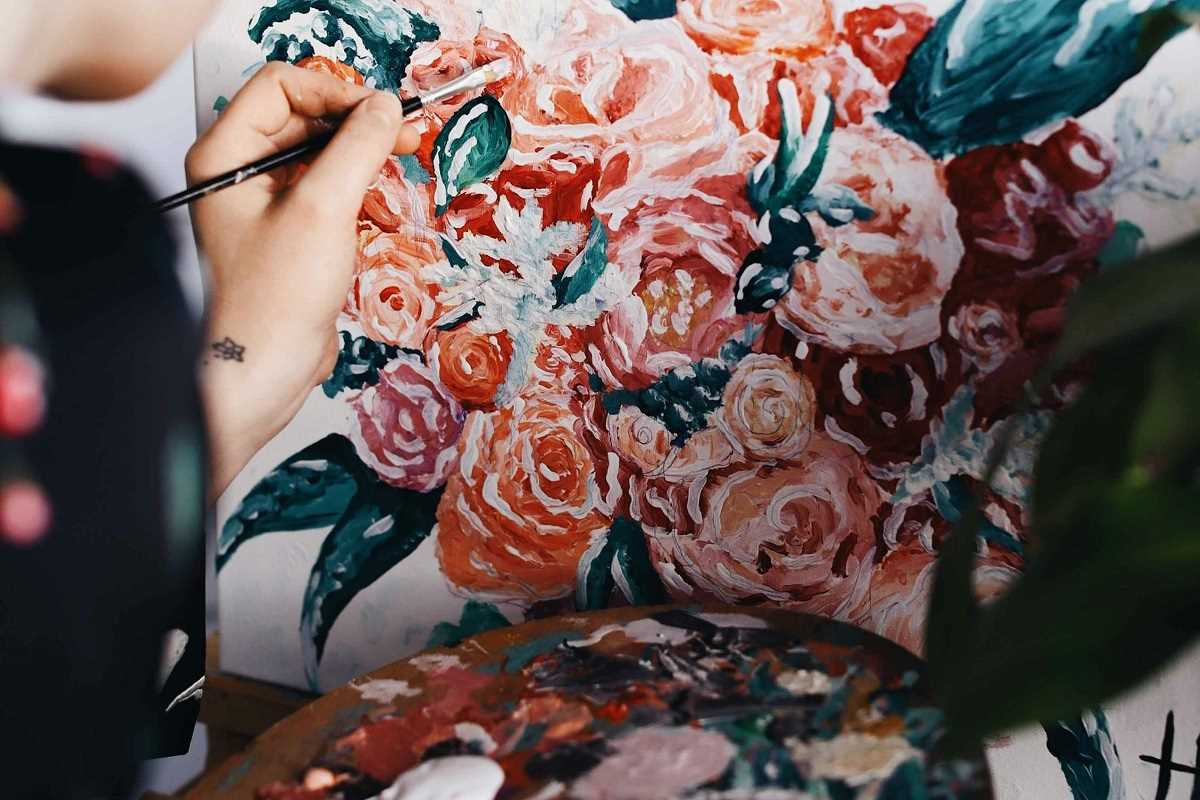

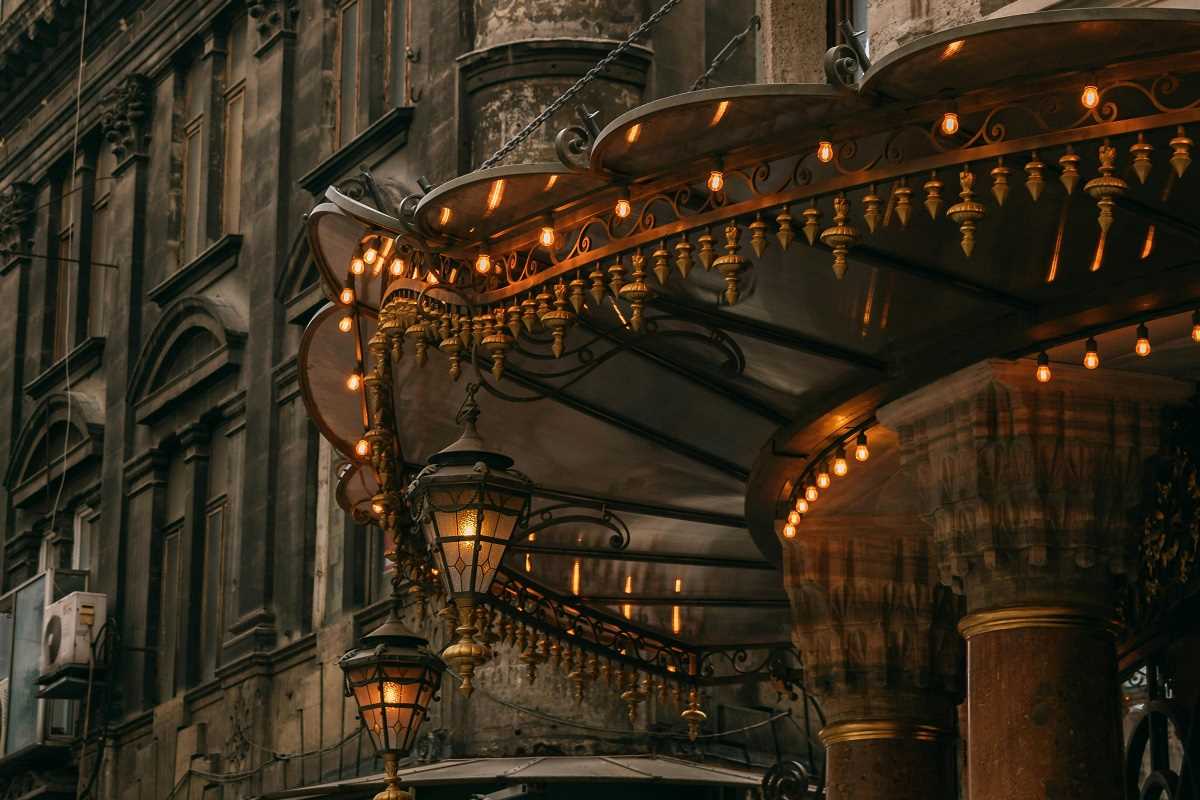
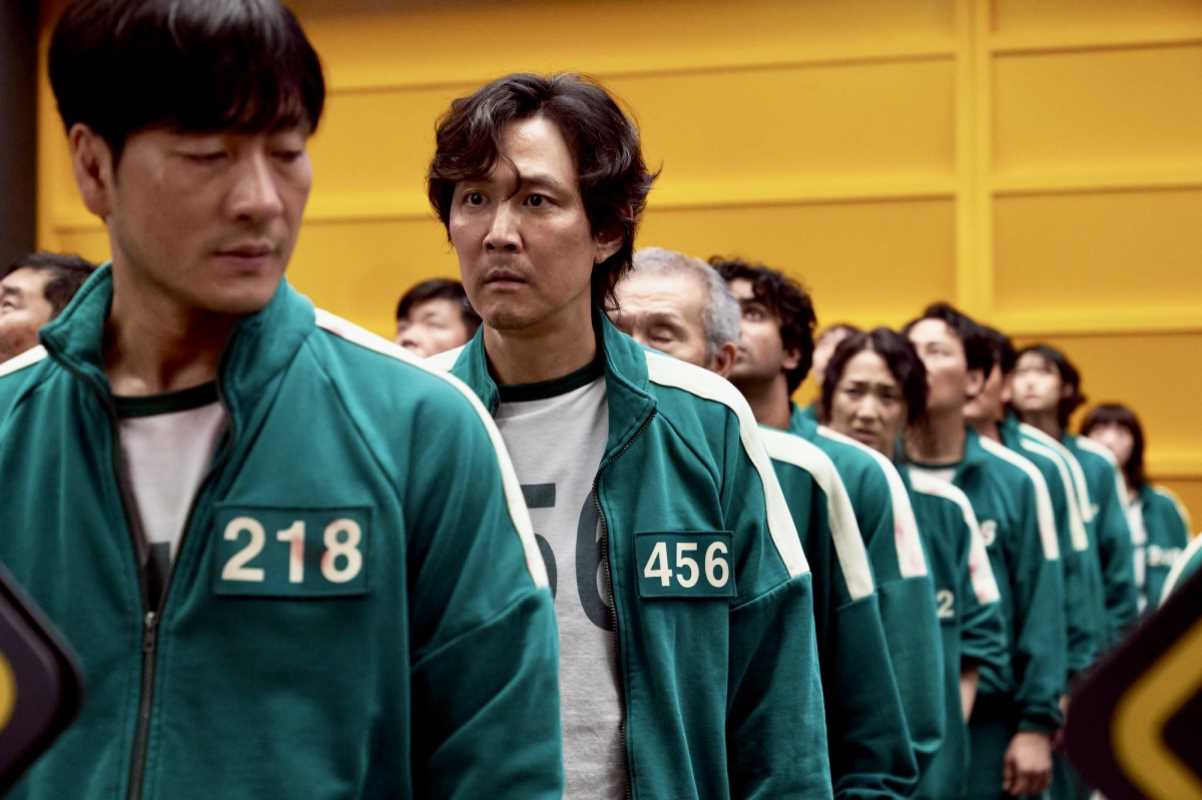

.jpg)